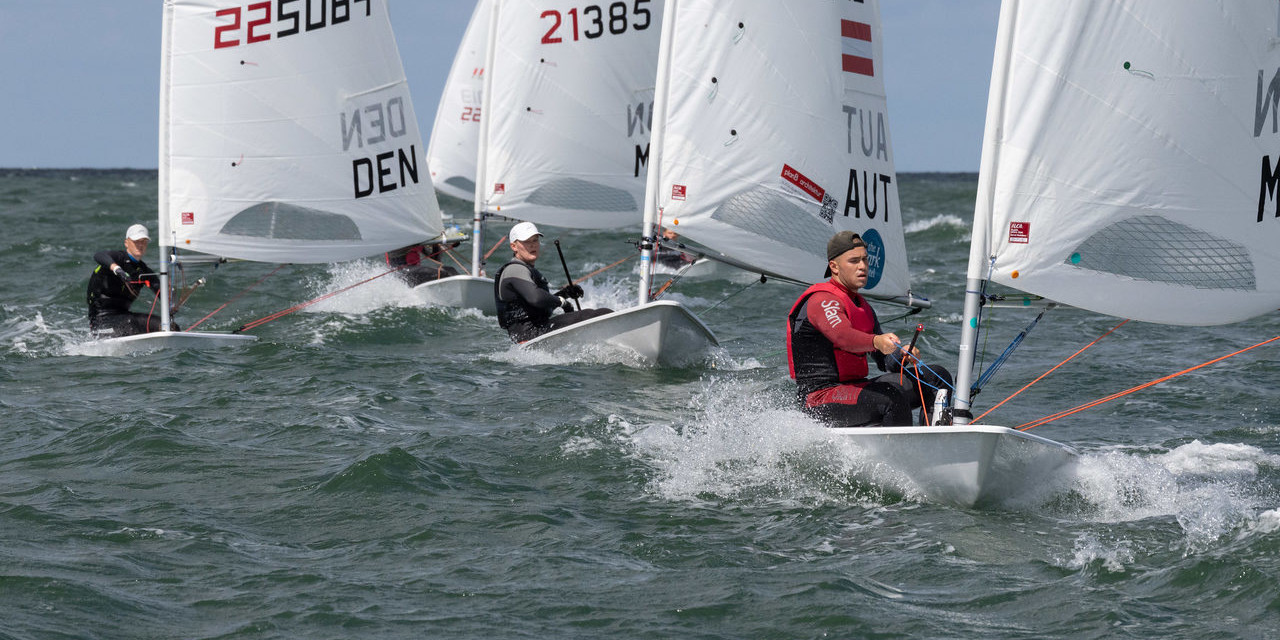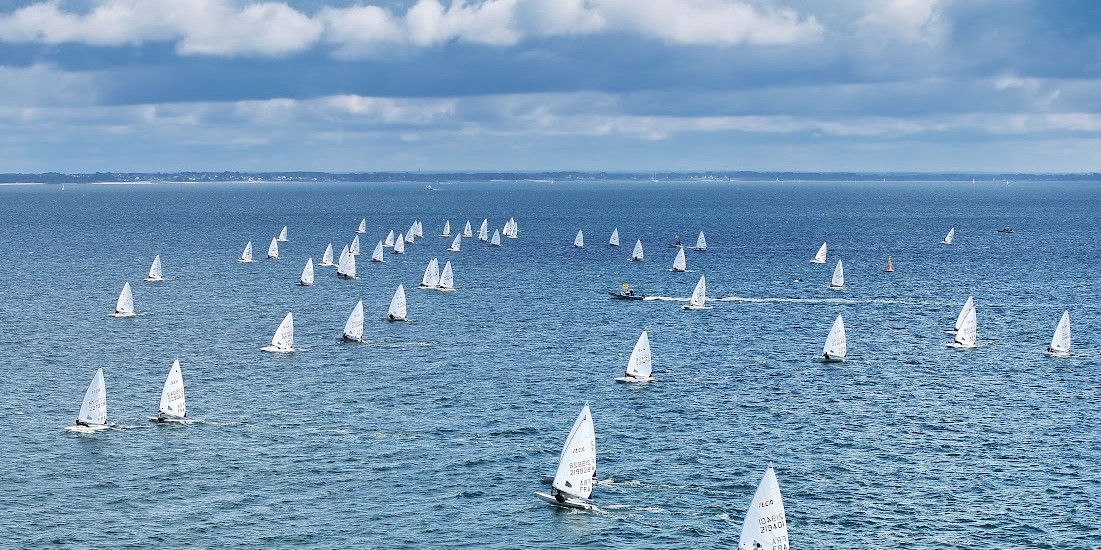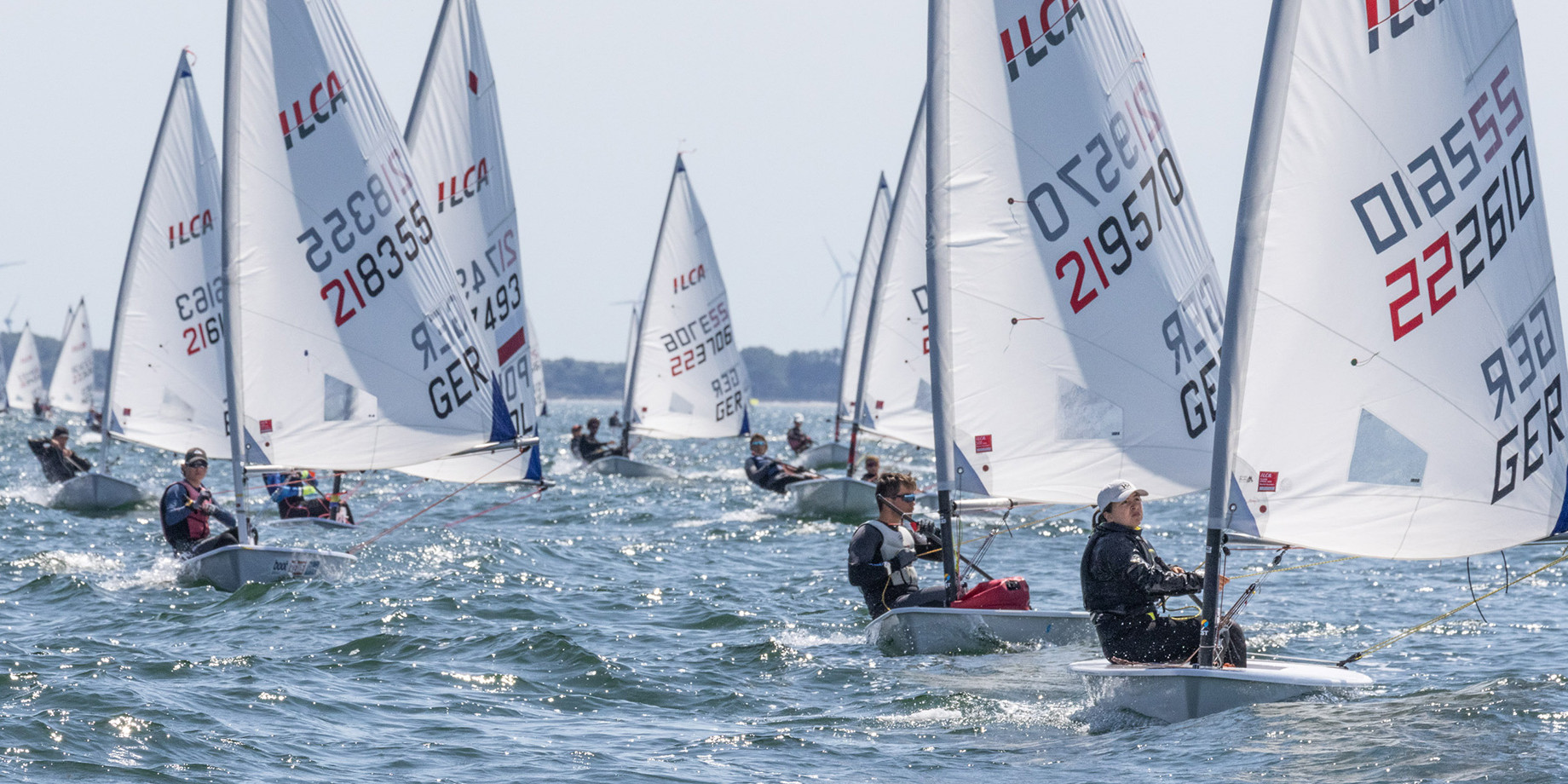Expedition Sir Ernst
Brecknock, Coloane, the 1,000 waterfalls and many others – the names of the caletas (coves) in the far south of the Chilean Patagonia channels continue to make us dream since our first visits. We’re about to return. And for 10 days we’ve been sailing in one of the most exceptional places on the planet. At the start of our stay, it snowed in the night, enough to cover all the mountain peaks and slopes to the shore. We are sailing in the heart of the Patagonian massifs; the Cordillera Darwin, Hoste Island’s chain of peaks. The glaciers we discover in the heart of deep fjords follow on from one another. We rarely come across the centolla fishermen, as those type of king crab are only caught in the winter months. A fleeting sound signal at crossings, and these rough discreet men vanish into the maze of channels. We went as far as Caleta Brecknock, at the south-western tip of the South American continent. The weather was fine when we arrived, so deceptive that we decided to anchor for the night in the most sheltered spot of this vast circle of limestone. A few years ago, when we were going down the channels from Puerto Montt, we had suffered from a sudden strong westerly southern summer wind. But this time the forecast was for a 35-knot north-easterly. Given the icy slopes ahead of us, 500m in front of our bow, we reckoned the gusts should push us on to the shore. We doubled up all the mooring lines but they were too lateral to relax the anchorage on that axis. At 22:00, the anemometer was flirting with 25 knots. We couldn’t see ourselves spending a stressful night in such an austere place, at the risk of the boat running aground. The decision was taken to leave Brecknock.

The full moon helped us take in the lines and we left for a night sailing in the channels heading east. We have Chilean marine charts that we’ve georeferenced and had uploaded all the layers of satellite photos of the channels. At various critical points there are also luminous buoys to guide you through the maze of channels at night in winter, including the Yaghan ferry which connects Puerto Arenas to Puerto Williams every week. Sometimes the wind was behind or coming across us, and we expected gusts up to 47 knots. What about Brecknock?
We sailed all night and the next day, arriving at the tip of Gordon Island, tired, but now the holiday begins. We have ten days ahead of us to live in harmony amidst this wild, majestic landscape. Since then, the weather has spoiled us. An anticyclone has settled in over Tierra del Fuego and the days just get sunnier and sunnier. Up to this 14 July, this is a highpoint of our awakening in one of two anchorages in Caleta Coloane. It’s under 6oC this morning. Ice has formed around Sir Ernst during the night and above our heads the sky is an immaculate blue magnifying the three glaciers that surround us. We go up deep and isolated fjords and take the opportunity to continue our bathymetric surveys for the Seabed 2030 programme. Our data will be transmitted to the International Hydrographic Institute in Monaco, adding to the database to produce the most complete chart possible of the planet’s seabed by the end of the decade.
While I wait for the others, it’s time to taste one of these delicious meats ordered in Ushuaia with a glass of Argentinian Malbec.
Hervé, aboard the Sir Ernst
Follow us on: https://share.garmin.com/SirErnstsailing
Dernières publications
15 July 2024
Celebration of youth
Celebration of youth Youth Sailing World Championships – Riva del Garda 15-19 July 2024 The…
14 July 2024
Monegasques out in force
Monegasques out in force French Open - Quiberon 11-14 July Laser sailors from Yacht Club de…
14 July 2024
Consistency on every start
Consistency on every start ILCA 7 - EurILCA Europa Cup GER – Warnemünde 6-14 July Consistency was…



